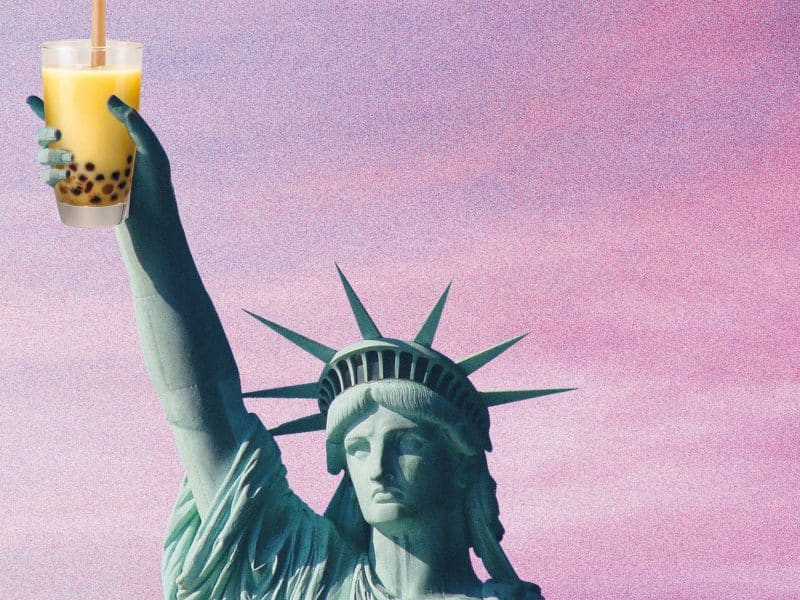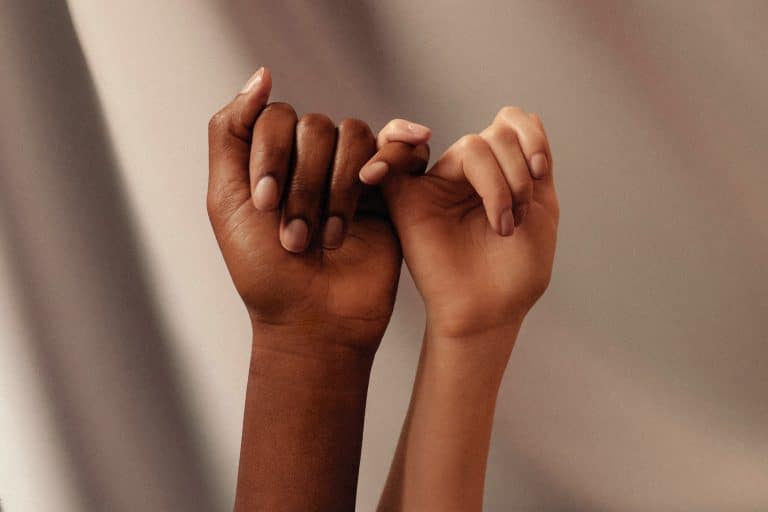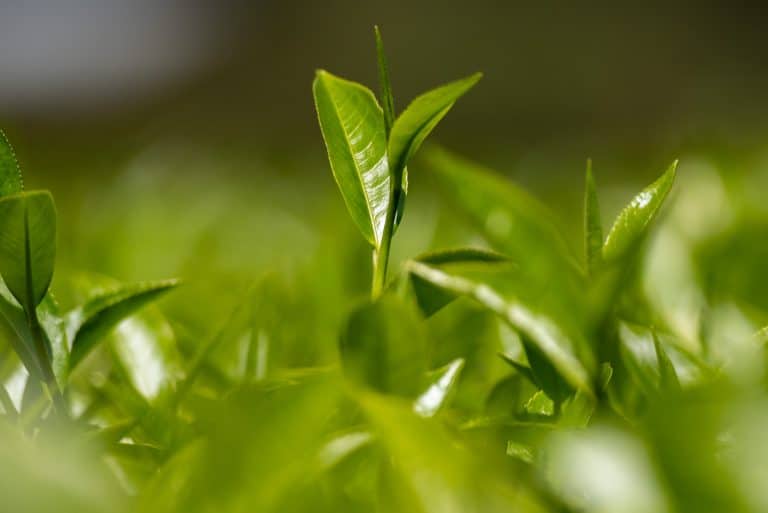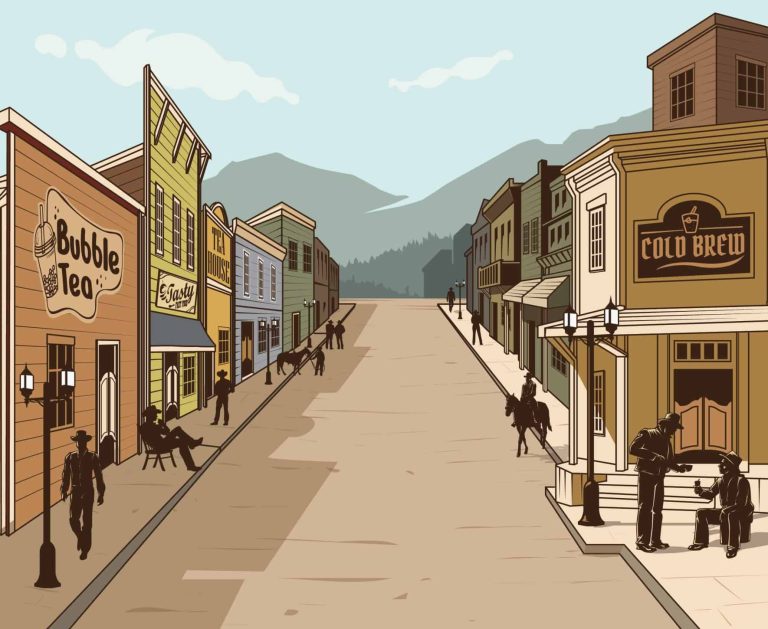Art Lopez, Senior Director, Marketing, Finlays Americas seeks the future of tea in the US through its storied past.
If you want to understand today, you have to search yesterday.” Wise words from famed American author Pearl S. Buck. So, if we want to understand tea trends in the US today, we must travel back to a winter’s day in 1773…
The Boston Tea Party, which preceded the American Revolutionary War, saw American colonists demonstrate their opposition to the Townshend & Tea Acts by throwing 342 chests of tea into Boston Harbour. A profound moment in the origin story of our nation – one that has defined America’s relationship with tea ever since.
In the ensuing century, consumption of coffee far outpaced tea. Viewed as a pro-British good, tea became seen as unpatriotic. Coffee’s dominance in the Americas was solidified when President Andrew Jackson abolished the import tax on coffee in 1829. And Americans have preferred coffee ever since.
Later, tea started to reposition itself. The 1893 Columbian Exposition and the 1904 World’s Fair took place during summer, with crowds seeking cold, refreshing beverages. Quick-thinking entrepreneurs cooled hot tea through an iced pipe, creating iced tea. Iced tea would quickly come to dominate US tea consumption, bringing us to today.
Slow growth Last year, the US tea market was worth an estimated $11.3 billion*.
A large market, but one that is growing at just 1%. When Americans think of tea today, they think of the same inexpensive-but-refreshing iced tea that was introduced a century ago. The market has ridden the iced tea wave to full maturity and is now being supplanted by newer, more exciting beverages in adjacent categories.
For me, it’s clear that tea hasn’t reached anywhere near its full potential in the US, at least partly because of its complex place in our cultural and political history. Tea conquered the world but skipped America because of a protest about taxation 250 years ago.
Winning hearts and minds
So how can tea overcome its past? Much as it did with the innovation of iced tea 100 years ago, tea needs to reposition itself once again in the minds and hearts of Americans. This means the proper creation, naming, displaying, and advertising of America tea beverages must be done with the American consumer in mind. It will take time, but this patience will pay off when tea begins to realise its full potential in the US market.
Driven by food service
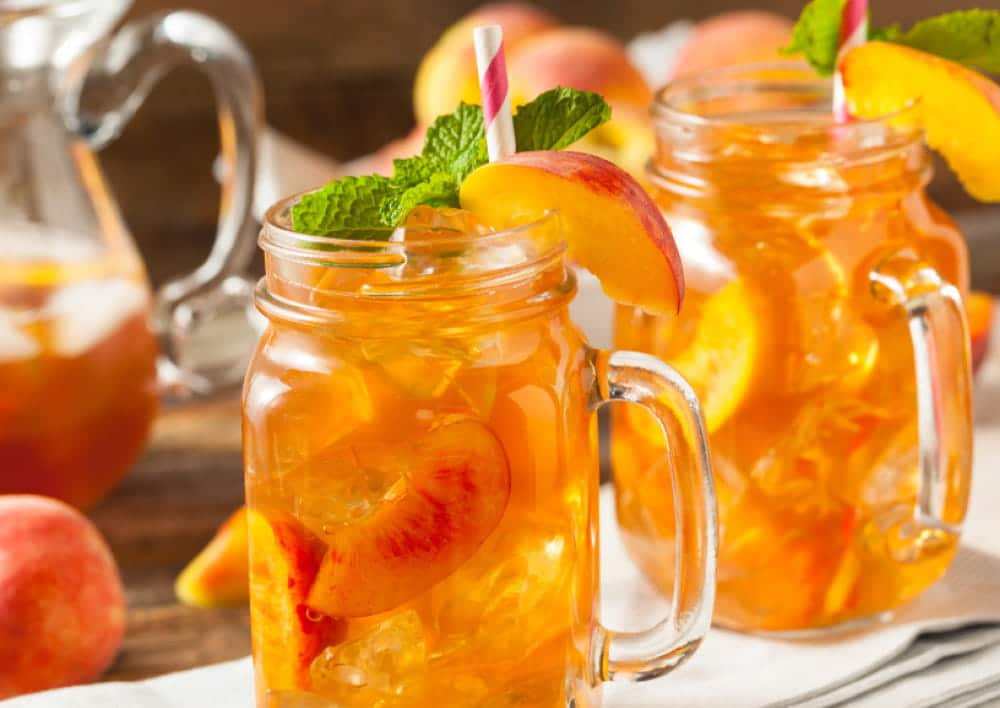
This repositioning will likely begin in food service and hospitality, where most beverage innovation and consumer education takes place. Imagine the excitement that would be generated from menu boards filled with items such as cold brewed tea, indulgent tea lattes, single origin options, and special brewing methods. This would be a major departure from current offerings. Tea might even take a page from coffee growth over the past thirty years, which shows us that US consumers gravitate to indulgent, dairy, and sugar-based beverages like lattes, frappes, and other indulgent crafted beverages.

Primed for Innovation
After all, tea and dairy already have a rich global history. Chai, Thai, and London Fog are menu mainstays and examples of great tasting indulgent, dairy-based tea
beverages. The next wave of growth for tea in the US could well come from repositioning these indulgent combinations to resonate with American consumers.
At Finlays, we believe the tea category, which is primed for innovation. Tea has its own revolution brewing, which will see Americans create, own, and influence their own relationship with tea as never before.
This article originally appeared in 1750 Magazine available for download now
References
*GlobalData Plc

